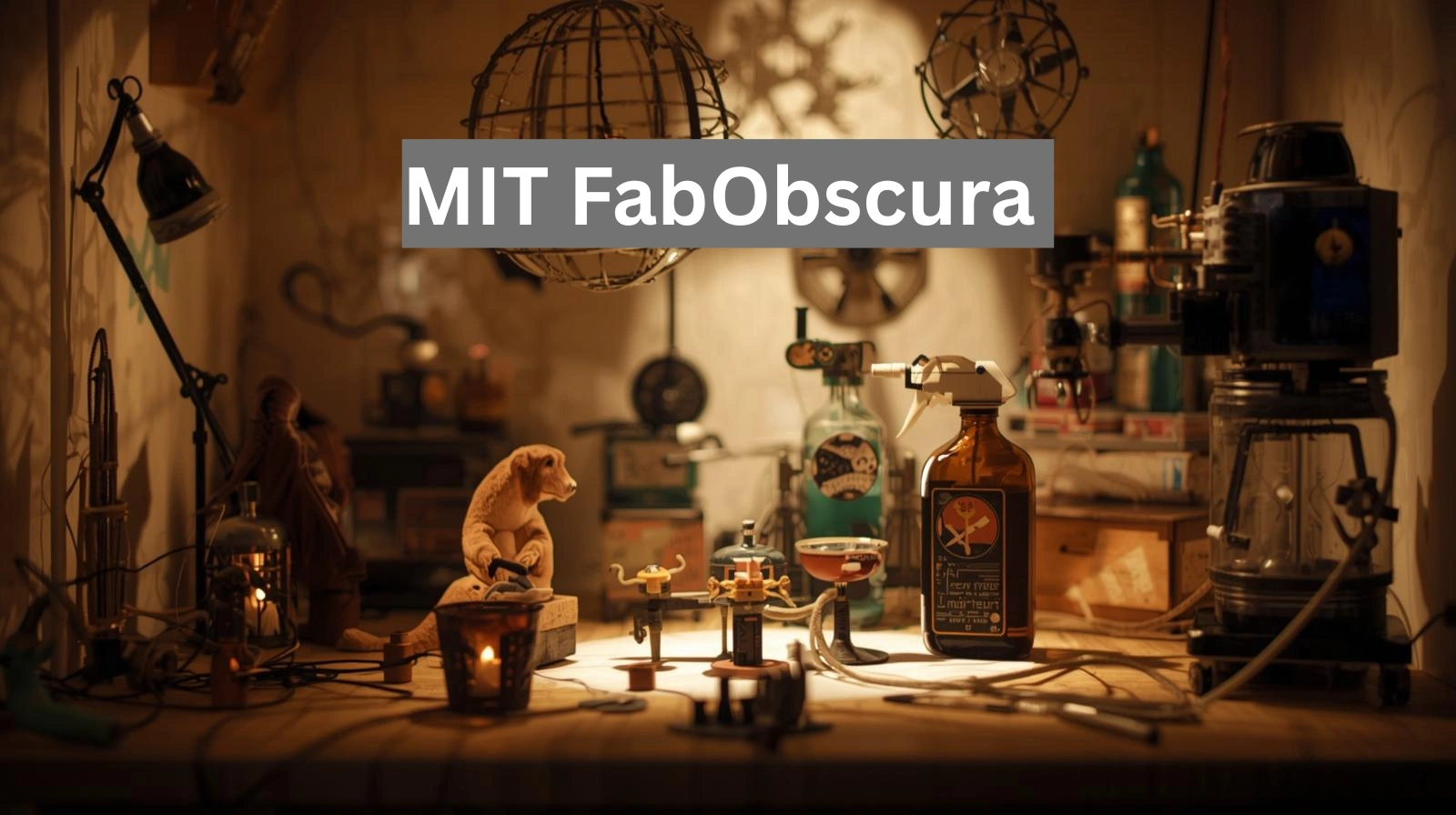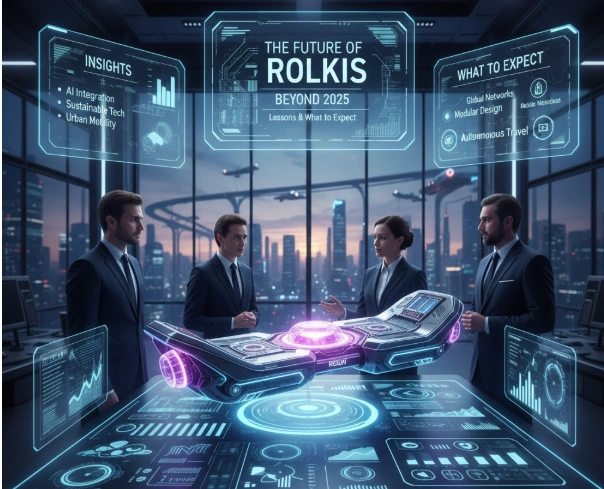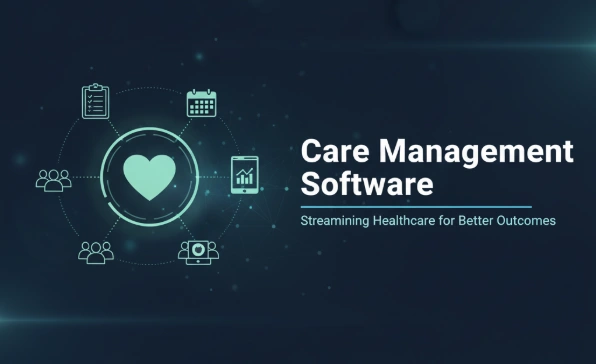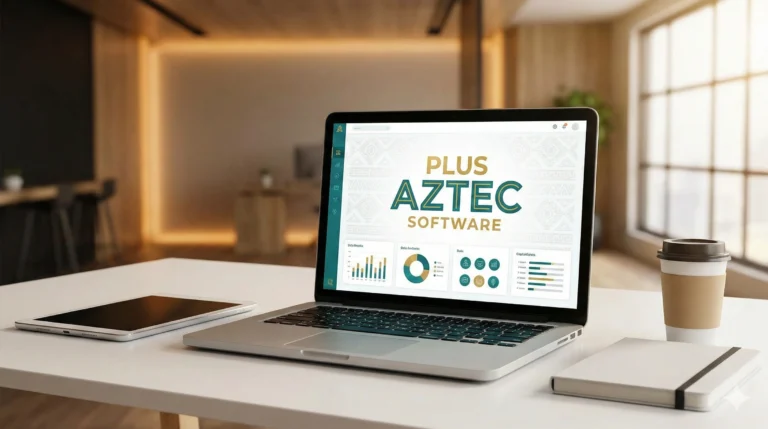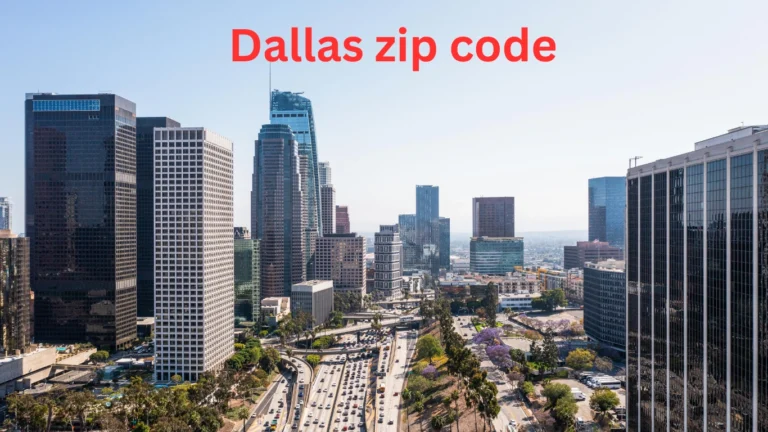MIT’s FabObscura: Turning Everyday Objects Into Animated Art Without Electronics
Imagine picking up a coffee coaster or opening a book, and instead of a plain design, the image moves. No batteries, no screens — just clever design. Sounds futuristic, right? That’s exactly what a new MIT project called MIT FabObscura is making possible.
Breathing Life Into Static Surfaces
Developed at MIT’s Computer Science and Artificial Intelligence Laboratory (CSAIL), FabObscura gives creators an easy way to design barrier-grid animations (sometimes called scanimations). If you’ve ever seen those children’s books where pictures shift as you move them, you already know the magic. But here’s the twist: this tool makes it simpler, more customizable, and way more fun.
Instead of sticking to the old straight-line patterns, FabObscura lets you experiment with all kinds of designs — spirals, zigzags, or even nested layers where two different animations can appear on the same surface. Think of a greeting card where a flower blooms as you tilt it, or packaging that changes images when you open it.
How It Works (In Plain English)
The process is surprisingly straightforward:
- Upload a series of images or choose from preset animations (like a blinking eye).
- The software blends them into one printable design.
- Pair that design with a matching patterned sheet.
- Slide or rotate the sheet — and voilà, the picture comes to life.
The MIT team showcased this with playful examples: a coaster switching from coffee to a martini to water, and a jar lid that reveals a sunflower as you twist it.
Why It Matters
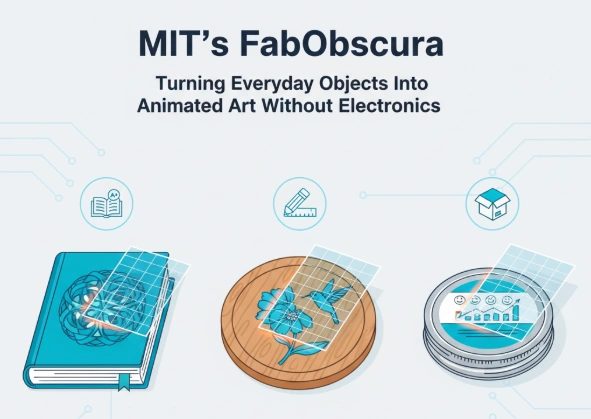
The beauty of FabObscura lies in its flexibility. It’s not just a toy — it has potential for:
- Education: kids’ books that teach concepts through moving images.
- Design: eye-catching artwork, posters, or signage without relying on digital screens.
- Products: packaging that engages customers with motion.
Of course, there are limits. Multi-layered animations sometimes sacrifice sharpness, but the researchers built in guidelines to help creators balance clarity with creativity, similar to how optical illusions use visual tricks to create movement and depth.
What’s Next for MIT FabObscura?
At the moment, MIT FabObscura works best on flat surfaces — perfect for books, posters, and packaging. But the MIT research team has bigger ambitions. They’re already experimenting with ways to adapt the technology for 3D printing, which could bring animations to curved or textured objects. Even more exciting, future versions may support direct video uploads, giving creators an easier way to turn digital clips into physical, moving designs. The journey has just begun, and FabObscura could reshape how we think about interactive art and product design.
Conclusion
MIT FabObscura is more than just a clever MIT invention — it’s a glimpse into how design and technology can merge to create magic without electronics. By turning static prints into moving images, it opens endless opportunities for artists, educators, and product creators. Whether you want to make packaging stand out, bring books to life, or simply add a creative twist to everyday objects, FabObscura proves that innovation doesn’t always need a screen or power source.
FAQS
Q1: What is MIT FabObscura?
FabObscura is a tool developed at MIT CSAIL that lets users create barrier-grid animations, making static objects appear animated without using electronics.
Q2: How does FabObscura work?
The software interlaces images and pairs them with a patterned sheet. Sliding or rotating the sheet across the print reveals the illusion of motion.
Q3: What can FabObscura be used for?
It can be applied to books, coasters, toys, packaging, signage, and creative artwork to make designs more engaging and interactive.
Q4: Do I need special equipment to use FabObscura?
No — it only requires a standard 2D printer and the software, making it accessible for artists, educators, and product designers.
Q5: Can FabObscura create 3D or video-based animations?
Currently, FabObscura is optimized for flat surfaces, but researchers are exploring ways to expand it into 3D printing and direct video uploads.

